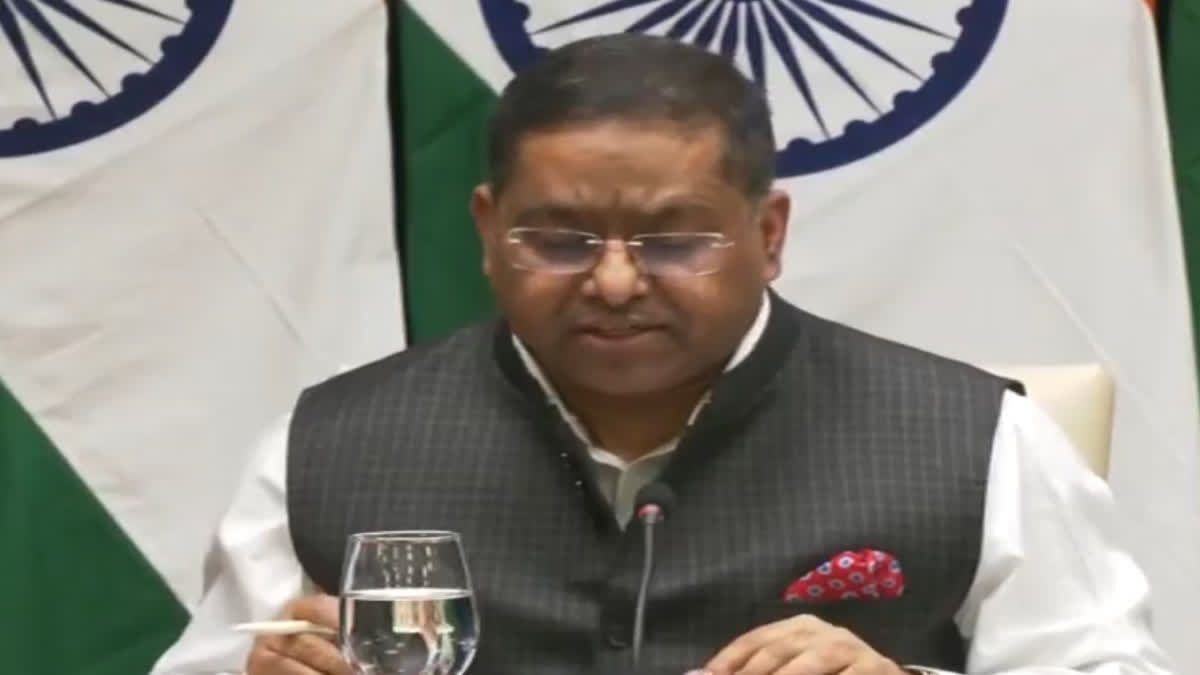New Delhi: India on Thursday strongly reacted against China's attempt to alter facts about Beijing's construction activities in the Shaksgam Valley. New Delhi lodged a protest with the Chinese government regarding the same.
Addressing the weekly media briefing, the Ministry of External Affairs (MEA) spokesperson, Randhir Jaiswal said, "We consider Shaksgam Valley to be our territory. We have never accepted the so-called China-Pakistan boundary agreement of 1963 through which Pakistan unlawfully attempted to cede the area to China. I have consistently conveyed our rejection of the same. We have registered our protest with the Chinese side against illegal attempts to alter the facts on the ground. We further reserve the right to take necessary measures to safeguard our interests".
This comes as China has been involved in various infrastructure and construction activities in the Shaksgam Valley, which is a region in the disputed territory of Kashmir that is currently under Chinese control. The valley was ceded to China by Pakistan through a border agreement in 1963, known as the Sino-Pakistan Agreement.
It is known that China has been investing in infrastructure projects in various parts of the disputed region. These projects could include road construction, military infrastructure development, and other initiatives aimed at improving connectivity and enhancing China's presence in the area.
China's construction activities in the Shaksgam Valley are likely part of its broader strategic interests in the region, which include securing its borders, asserting territorial claims, and promoting economic development through the Belt and Road Initiative (BRI).
The Shaksgam Valley remains a disputed territory, with both India and Pakistan laying claim to it. India does not recognise the border agreement between China and Pakistan and considers the region as part of its territory. Any construction activities by China in the region could further complicate the already complex geopolitical situation in the area.
China has invested in the construction of military infrastructure in the Shaksgam Valley, which could in the medium term, pose a military threat to Indian forces in Ladakh, according to Nepal-based online magazine Pardafas.
Read More



